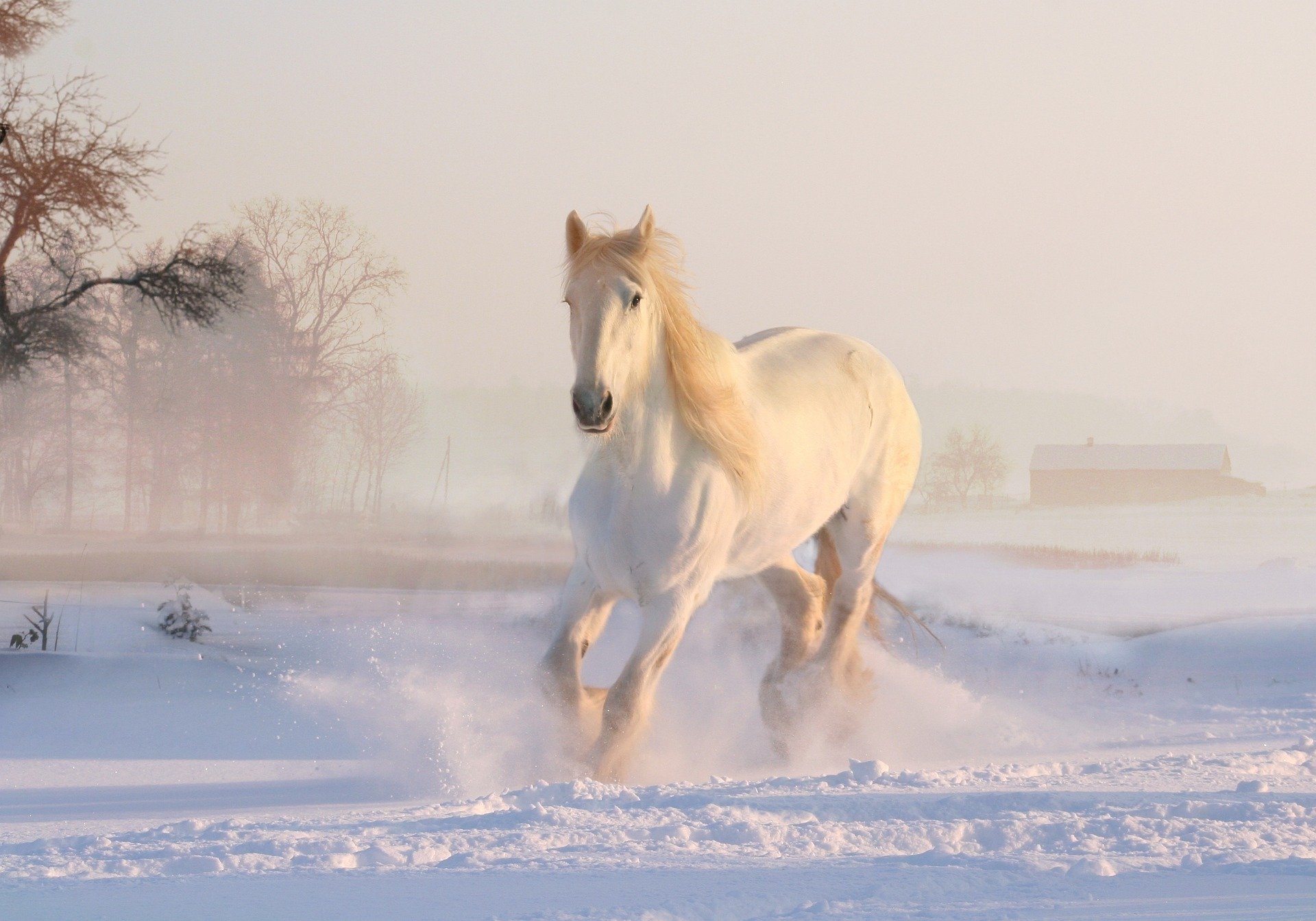Table of Content
Launch multi node k8s cluster using minikube on macOS
The minikube is single node cluster tool for test/dev purpose.
The demand from community asked multi nodes cluster for long time, finally this experimental feature comes out, it seems working well so far.
install minikube on macOS
It is easy to install minikube on macOS,
$ brew install minikube
install kubectl on macOS
There are two options to run kubectl for minikube, build in ‘minikube kubectl’ or separately to install kubectl,
$ brew install kubectl
start minikube cluster on macOS
start a single node cluster with default parameters,
$ minikube start
start a two nodes cluster with 2G memory each,
$ minikube start -n 2 --memory=2g
Here is example log,
😄 minikube v1.11.0 on Darwin 10.15.5
✨ Automatically selected the hyperkit driver. Other choices: virtualbox, vmwarefusion
👍 Starting control plane node minikube in cluster minikube
🔥 Creating hyperkit VM (CPUs=2, Memory=2048MB, Disk=20000MB) ...
🐳 Preparing Kubernetes v1.18.3 on Docker 19.03.8 ...
🔎 Verifying Kubernetes components...
🌟 Enabled addons: default-storageclass, storage-provisioner
❗ Multi-node clusters are currently experimental and might exhibit unintended behavior.
📘 To track progress on multi-node clusters, see https://github.com/kubernetes/minikube/issues/7538.
👍 Starting node minikube-m02 in cluster minikube
🔥 Creating hyperkit VM (CPUs=2, Memory=2048MB, Disk=20000MB) ...
🌐 Found network options:
▪ NO_PROXY=192.168.64.9
🐳 Preparing Kubernetes v1.18.3 on Docker 19.03.8 ...
▪ env NO_PROXY=192.168.64.9
🏄 Done! kubectl is now configured to use "minikube"
❗ /usr/local/bin/kubectl is version 1.21.0, which may be incompatible with Kubernetes 1.18.3.
💡 You can also use 'minikube kubectl -- get pods' to invoke a matching version
check minikube cluster status
From status we can see first minikube as Control Plane or master node, 2nd minikube-m02 as worker node, it looks great.
$ minikube status minikube type: Control Plane host: Running kubelet: Running apiserver: Running kubeconfig: Configured minikube-m02 type: Worker host: Running kubelet: Running
stop minikube cluster on macOS
stop minikube cluster
$ minikube stop $ minikube status minikube type: Control Plane host: Stopped kubelet: Stopped apiserver: Stopped kubeconfig: Stopped minikube-m02 type: Worker host: Stopped kubelet: Stopped
check minikube cluster with kubectl
$ kubectl get node NAME STATUS ROLES AGE VERSION minikube Ready master 49s v1.18.3 minikube-m02 Ready15s v1.18.3
deploy on minikube cluster
$ kubectl create deploy web-deploy --image=nginx --replicas=5 --dry-run=client -o yaml > web-deploy.yaml $ kubectl apply -f web-deploy.yaml deployment.apps/web-deploy created $ kubectl get pode -o wide NAME READY STATUS RESTARTS AGE IP NODE NOMINATED NODE READINESS GATES web-deploy-7744d4866f-c9bk2 0/1 ContainerCreating 0 11sminikube-m02 web-deploy-7744d4866f-fzb7z 0/1 ContainerCreating 0 11s minikube-m02 web-deploy-7744d4866f-gp8d5 0/1 ContainerCreating 0 11s minikube-m02 web-deploy-7744d4866f-jfb2d 0/1 ContainerCreating 0 11s minikube-m02 web-deploy-7744d4866f-jvbl8 0/1 ContainerCreating 0 11s minikube-m02
scale up deployment
$ kubectl scale deployment web-deploy --replicas=10 deployment.apps/web-deploy scaled $ kubectl get pod -o wide NAME READY STATUS RESTARTS AGE IP NODE NOMINATED NODE READINESS GATES web-deploy-7744d4866f-4tc6z 1/1 Running 0 106s 10.244.1.8 minikube-m02web-deploy-7744d4866f-9pn9m 1/1 Running 0 106s 10.244.1.7 minikube-m02 web-deploy-7744d4866f-c9bk2 1/1 Running 0 2m36s 10.244.1.4 minikube-m02 web-deploy-7744d4866f-d5k28 1/1 Running 0 106s 10.244.1.9 minikube-m02 web-deploy-7744d4866f-fzb7z 1/1 Running 0 2m36s 10.244.1.5 minikube-m02 web-deploy-7744d4866f-gp8d5 1/1 Running 0 2m36s 10.244.1.2 minikube-m02 web-deploy-7744d4866f-jfb2d 1/1 Running 0 2m36s 10.244.1.6 minikube-m02 web-deploy-7744d4866f-jvbl8 1/1 Running 0 2m36s 10.244.1.3 minikube-m02 web-deploy-7744d4866f-nxpql 1/1 Running 0 106s 10.244.0.3 minikube web-deploy-7744d4866f-zsrgf 1/1 Running 0 106s 10.244.0.2 minikube
it deploys on two nodes, nice.
